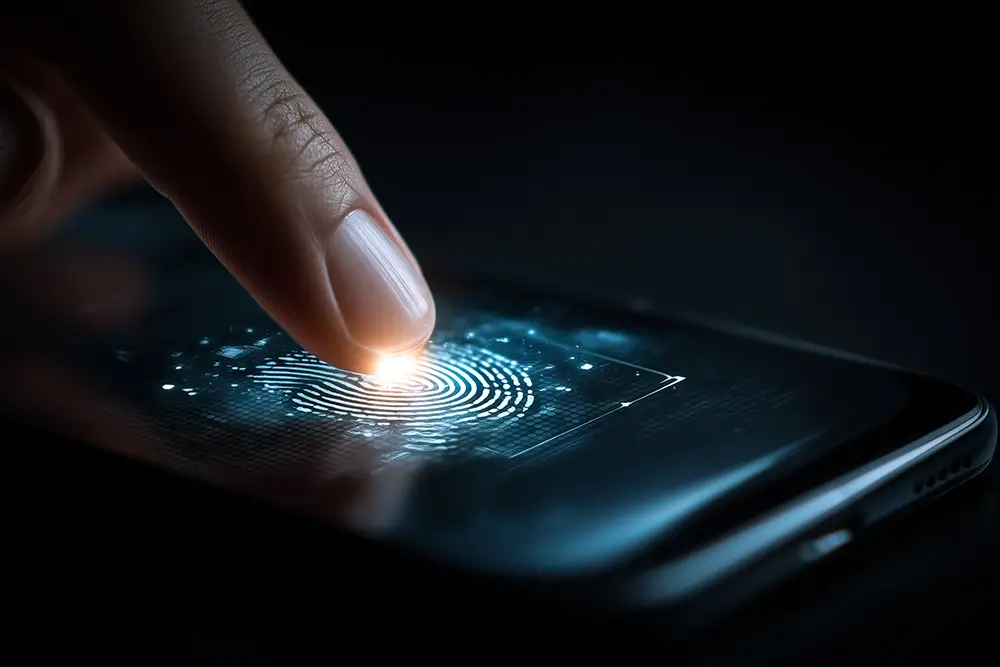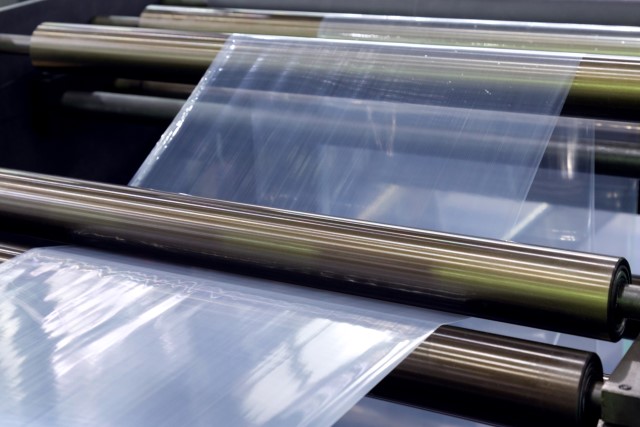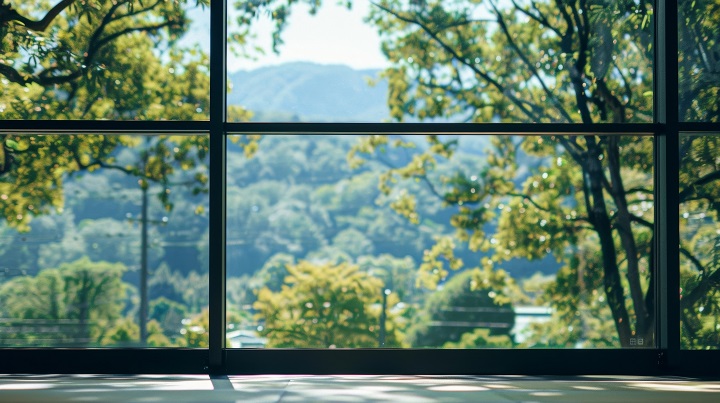For orders placed online please contact us for an accurate shipping quote, sorry for any inconvenience.
Glass and ITO coverslips
Capability
Diamond Coatings provide an extensive variety of glass types and expert advice on glass substrates suitable for ITO coverslips and a range of other different applications. We can supply substrates:
• Fully dimensioned
• Profiled with chamfers to meet customer requirements
• Radius
• Cut outs and holes as required (using cutting edge glass processing techniques)
In order to meet flatness and optical requirements, polished substrates are also available.
Able to offer both thermally and chemically toughened ITO coverslips, we can also offer options enhanced by printed borders/graphics and/or anti-glare finishes.
ITO Coverslips Substrate Options
Soda Lime including toughened options
The most widely used type of glass and, due to its inexpensive processing costs, the cheapest option, soda lime glass is produced by glass being drawn over baths of molten tin. The side of soda lime glass facing up (the air side) is typically smoother and flatter than the side facing the tin. We can supply standard, chemically or thermally toughened soda lime glass cut to varying sizes.
Borosilicate
Consisting primarily of 1% calcium oxide, 8% potassium oxide, 8% sodium oxide, 10% boric oxide and 70% silica, Borosilicate glass is a type of low soda glass.
While it is considerably more difficult to make Borosilicate glass than it is to make traditional glass, its superior durability makes Borosilicate glass very economical to produce.
The heat and chemical resistance properties of Borosilicate glass are of exceptional use in military, chemical laboratory and other applications.
The very low (~3×10-6/°C at 20 °C) thermal expansion coefficient of Borosilicate glass make it a very popular material for a variety of critical display equipment and flat TFT screens.
In optical terms, Borosilicate glass is a crown glass with comparatively low refractive indices of 1.51 to 1.54 (across visible range) and low dispersion.
Fused Silica
Fused Silica and Fused Quartz are glass types primarily containing silica in non-crystalline (amorphous) form. Several different processes are used to manufacture these types of glass.
Fused Silica – Produced by melting feedstock in the shape of silica sand (high purity) in an electric furnace (which results in an opaque or translucent material), Fused Silica is frequently referred to as a fused quartz of higher standard.
Fused Quartz – Normally transparent, Fused Quartz is produced by melting naturally occurring, high purity quartz at approximately 2000º C in either an oxygen/gas fueled furnace (flame fused) or an electric furnace (electrically fused).
Fused Silica and Fused Quartz can both be supplied in varying thicknesses, sizes and both polished and non-polished options.
BK7
Widely used in displays requiring high transmission, uncoated BK7 glass has an average standard optical performance of 93%. This transmission can be improved by application of AR coatings.
Not an inexpensive material, BK7 is produced in block form, then cut into desired thicknesses, followed by polishing the two sides’ faces to required dimensions.


